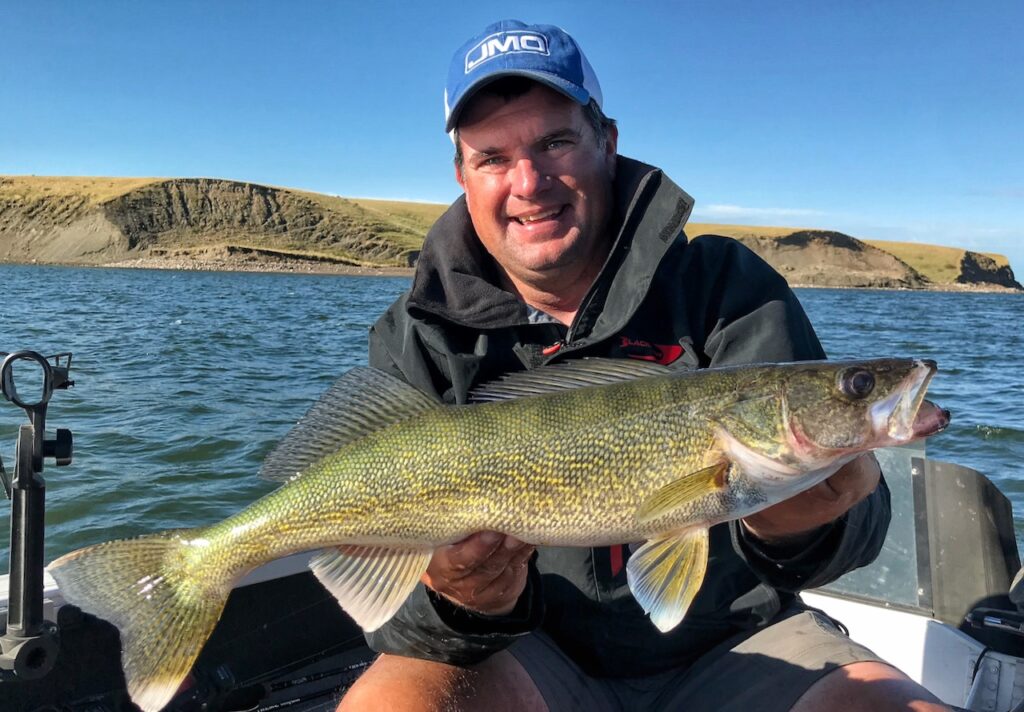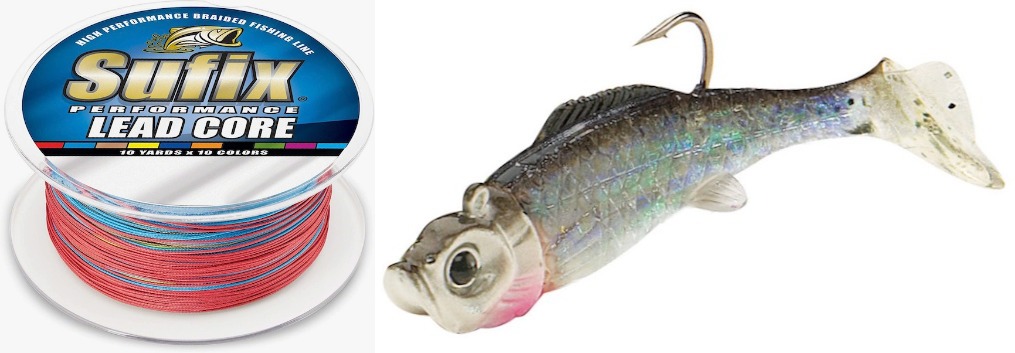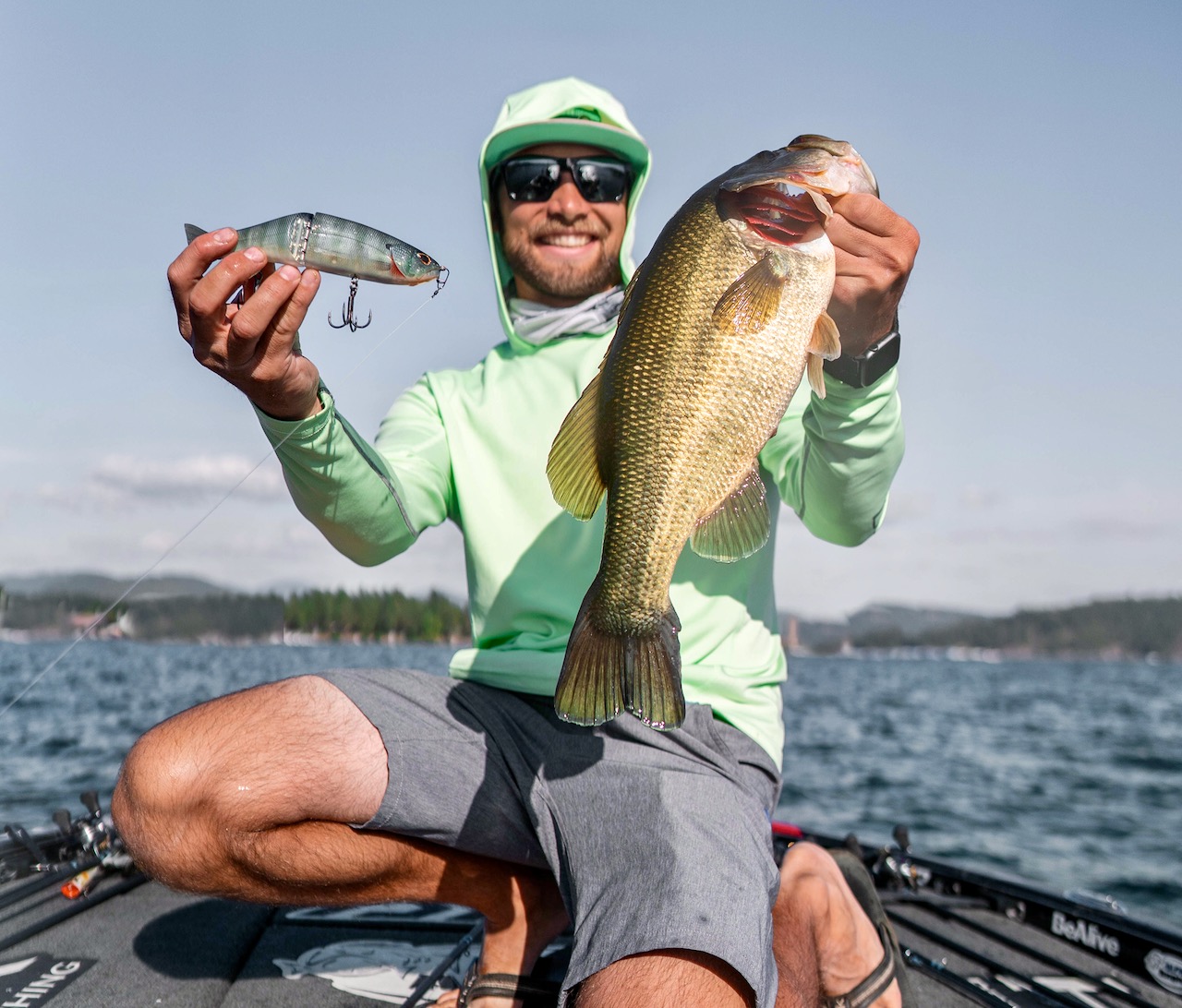IN THE SWIM OF THINGS
Pro swimbait tactics for putting more walleye, bass and lakers in the boat this summer
Advertisement

ANGLER: JASON MITCHELL
TACTIC: TROLLING LEADCORE LINE FOR WALLEYE
Many walleye enthusiasts know of Jason Mitchell, a successful North Dakota fishing guide and the host of TV’s Jason Mitchell Outdoors. What most don’t know, however, is the unique way he fishes swimbaits for summer walleye: trolling. Mitchell says the tactic grew out of his dissatisfaction with trolling crankbaits—although they cover water quickly, cranks have a bell-shaped dive curve and don’t hold in the sweet spot very long before climbing back toward the surface. So, he began experimenting with soft-plastic boottail and paddletail swimbaits as a way to present his bait at a steady depth. He finally got the effect he wanted by running them on leadcore line.
Mitchell says swimbaits can’t replace the hard flash and vibration of crankbaits, but with their subtle action and realistic shape, they complement crankbaits perfectly. “Since there’s only one hook, swimbaits don’t pick up debris like crankbaits do, and I can run them through snags better,” he says, adding that he also likes the sheer hooking power of the single strong hook. “There’s something about a swimbait that will catch fish when nothing else will.”
Advertisement
Mitchell says his favourite swimbait is Northland’s Mimic Minnow, which comes with the jig head moulded into the bait, although any dense, 3.8- to five-inch soft-plastic swimbait will suffice. He says he doesn’t focus much on lure colours—“I worry about finding, and being on fish.”

For his trolling technique, Mitchell uses line-counter reels spooled with Sufix 832 Lead Core, and medium-power, fast-action trolling rods. In stained water, or when he’s trolling around wood on inland lakes, he ties a 12-foot leader of 10-pound braid to the leadcore; in clear water, he uses 20 feet of 10-pound fluorocarbon.
To get started, Mitchell lets out line until the swimbait reaches bottom, then reels it up just a little. He typically starts with a ¼-ounce jig head, but finding the just right weight requires some experimentation. If the jig is too light, he says, the swimbait won’t run true, and if it’s too heavy, you’ll be pulling it below the fish and snagging bottom. If fish are short-striking the swimbait, meanwhile, Mitchell will increase his trolling speed, but he rarely exceeds two miles an hour.
Advertisement

